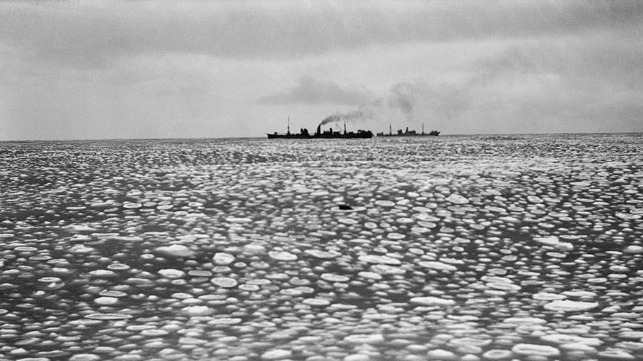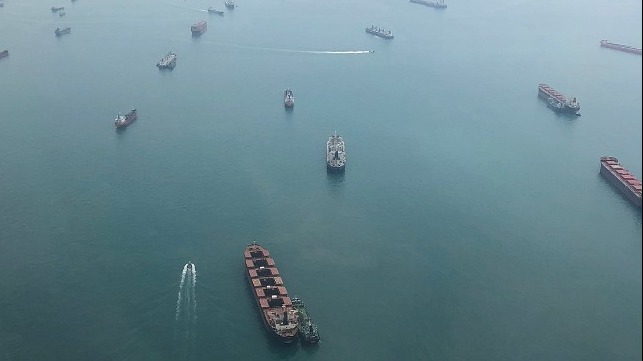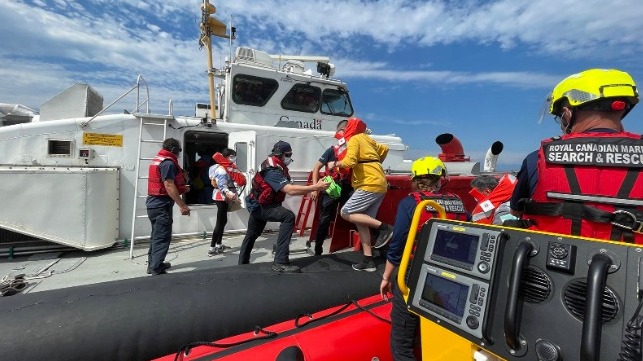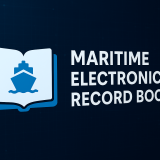In what is said to be an industry first, ABS has awarded China Merchants Industry (CMI) Approval in Principle (AiP) for its self-developed Deep-sea Mining Riser and Lift System.
The AIP follows ABS awarding AiP for CMI’s deep-sea mining system design, which was the first since ABS published the Guide for Subsea Mining, detailing class requirements for the design, construction, operation, and survey of mobile offshore mining units in 2020. This latest AiP also refers to the ABS Guide for Building and Classing Subsea Riser Systems.
The riser and lifting system designed by CMI is a key aspect of the deep-sea mineral extraction system, handling ore-seawater slurry and transporting it to the surface vessel.
“Deep-sea mineral extraction requires us to push the technological frontiers, going further and deeper and developing new capabilities. ABS is supporting the industry every step of the way. This technology is increasingly key to securing the minerals utilized in electric vehicle batteries, solar panels, and other systems which enable the energy transition, and we are committed to supporting its safe adoption,” said Matt Tremblay, ABS Senior Vice President, Global Offshore.
“China Merchants Industry is an important state-owned enterprise and has long been engaged in marine and offshore equipment research and manufacturing. We have carried out research and development in technology and equipment for deep-sea oil and gas and seabed mineral exploration (including hydrate and nonferrous metals); and through cooperation with other industrial partners, we hope to provide a valid technology solution as well as equipment design and supply for future deep-sea mining industrials,” said Jiancheng Liu, CMI Director of Science and Technology Development.













